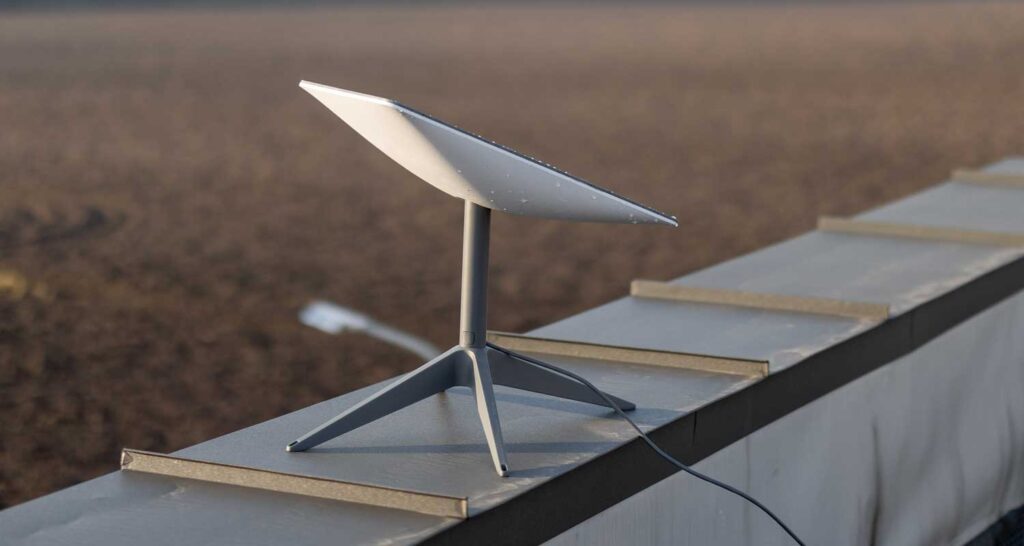As Kenya accelerates its journey toward a digitally inclusive society, the role of reliable internet infrastructure has never been more critical. While major cities enjoy relatively stable connectivity through fiber and 4G networks, many rural and semi-urban regions remain underserved. This has long posed a barrier to equal access to education, health services, and digital commerce. With the introduction of Starlink Kenya, however, the country now has an opportunity to expand high-speed internet coverage far beyond the reach of conventional infrastructure.
Starlink Internet Kenya offers a satellite-based solution that bypasses the need for underground cables or mobile towers. Operated by SpaceX, Starlink deploys low Earth orbit (LEO) satellites that deliver fast, low-latency internet to virtually any point in the country. This technology has proven especially valuable in geographically challenging or economically marginalized areas where building out traditional infrastructure is costly or logistically unfeasible.
In a country where mobile data often serves as the primary internet access method, Starlink introduces a powerful alternative—especially for homes, institutions, and businesses that need consistent, high-bandwidth connectivity. Schools in remote regions can now run digital learning platforms without buffering. Medical centers in isolated areas can perform teleconsultations with specialists located in major hospitals. Even local government offices operating in rural counties can access digital tools that were previously impossible to implement.
The flexibility of the Starlink system is one of its most compelling features. Users receive a compact kit containing a phased-array satellite dish (nicknamed “Dishy”), a Wi-Fi router, power supply, and mounting hardware. With only a clear view of the sky required, installation is fast and straightforward. Unlike traditional ISPs that may require trenching, base station construction, or extensive bureaucratic approvals, Starlink users can be online within hours of receiving their kit.
For entrepreneurs and small business owners, Starlink can be a game-changer. Reliable internet allows rural cybercafés, online retailers, agricultural cooperatives, and tourism operators to run more efficiently. A craftsperson in Narok can now market their products internationally. A lodge in Samburu can handle online reservations and guest communication without worrying about dropped connections. The digital economy is no longer the preserve of Nairobi’s tech hubs—it is becoming a nationwide opportunity.
However, adoption of Starlink in Kenya is not without challenges. The initial hardware cost is higher than standard 4G routers, and the subscription fee may be out of reach for some households. That said, institutions, NGOs, county governments, and development partners are increasingly stepping in to support installations in critical areas such as schools, hospitals, and community centers. Over time, as economies of scale are realized and local resellers continue to support distribution, the service is expected to become more accessible to a broader segment of the population.
Local partners play a crucial role in Starlink’s successful rollout. Reputable resellers not only assist with product procurement and installation but also ensure users are well-informed about best practices, updates, and regulatory developments. In addition, local support offers peace of mind to users who may encounter technical issues or require ongoing configuration support.
From a national perspective, the integration of Starlink into Kenya’s digital strategy could accelerate several key government objectives. The roll-out supports the Digital Superhighway initiative, complements rural electrification and education programs, and provides a vital communication backbone during emergencies or disasters. It also empowers local innovation by ensuring that no matter where someone lives, they can access the same digital tools as those in urban environments.
In summary, Starlink is helping Kenya leap over long-standing connectivity hurdles. With satellite technology now available across the country, regions that were once disconnected can now participate in the digital economy. Whether it’s for education, healthcare, governance, or business, Starlink is giving Kenyans in every corner of the country the tools to connect, grow, and compete on a global stage.
Keep an eye for more latest news & updates on Nhentainef!
